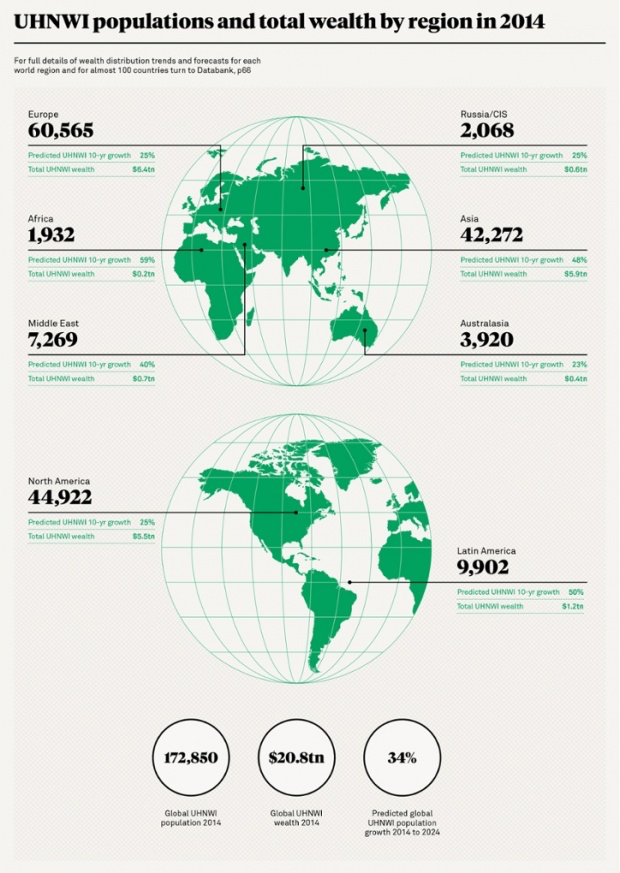
What is worldwide Central Banking policy ?


Persistence is a key. Always keep looking for new trading ideas.
Knowing when to quit is another key. If you’re wrong, admit it and move on. Managing risk is the name of the game.
But flexibility, in my opinion, is the toughest one. Just because you’re long and get stopped out, doesn’t mean you can’t turn around and go short it if the market tells you it’s a good idea. In fact, my favorite trades are when traditional charting patterns don’t work out the way the book says they should. Turning around and doing the opposite, a lot of times, offers the best risk/reward.
And most importantly, you can’t marry your ideas. If the market proves you wrong, pay attention. No egos remember? I came in a few weeks ago looking to short treasury bonds on a breakdown. And they ripped right in my face. So what?
It’s not about being right, it’s about making money.
Be flexible


 “If you were in a leaking boat,” Leslie N. Masonson writes, “you’d have three choices: 1. Stay in the boat and stop the leak = Go short. 2. Get out of the boat = Switch to cash. 3. Go down with the ship = Buy-and-hold.” (p. 60) In this second edition of All About Market Timing: The Easy Way to Get Started (McGraw-Hill, 2011) Masonson explains why market timing is superior to buy-and-hold and describes some timing strategies that have been profitable in the past.
“If you were in a leaking boat,” Leslie N. Masonson writes, “you’d have three choices: 1. Stay in the boat and stop the leak = Go short. 2. Get out of the boat = Switch to cash. 3. Go down with the ship = Buy-and-hold.” (p. 60) In this second edition of All About Market Timing: The Easy Way to Get Started (McGraw-Hill, 2011) Masonson explains why market timing is superior to buy-and-hold and describes some timing strategies that have been profitable in the past.
Most people, I assume, would prefer market timing to buy-and-hold—if it really were a viable strategy. The main argument against timing is that it can’t be done. The investor will end up being out of the market on the best days, in on the worst days, and poorer for his efforts. Better just sit there, say the critics, take your lumps in bear markets, and trust that the market will eventually power ahead, taking you along with it. Unfortunately the market can be very slow to recuperate from downdrafts, as the author documents in several tables.
Masonson presents five familiar market timing strategies: the best six months, presidential cycles combined with seasonality, simple moving averages, the Value Line 3 and 4 percent, and the Nasdaq Composite 6 percent. These strategies are best pursued using ETFs rather than individual stocks or mutual funds. (more…)

how many of you never seem to win consistently?
how many of you hold on because you did have some winning days which means you have potential?
how many of you tell yourselves that its not an addiction,its just a passion you have?
how many of you keep on replenishing your trading accounts because just like any business,you always lose money at the start?
how many of you tell yoursleves your losses are the BEST THING that ever happened because thats the best way to learn?
how many of you think of crafty ways to get some extra money wired into your trading accounts?
how many of you say you would have won if you only “stuck to your discipline”?
how many of you are just waiting FOR THAT SPECIAL DAY WHEN EVERYTHING FINALLY CLICKS AND YOU’VE FINALLY FOUND THAT EDGE?
how many of you fall into a depression and feel as if someone has hit you in the heart with a hammer aftr a big loss.
how many of you cannot wait for the next day to make some money back?
my favorite: “tomorrows a new day and i will start fresh, a new trading style that will be disciplined”.
there are many guys that make lots of money trading for a living..really,you seriously believe that?

Well, that’s the last time I ask JP for help.
A reply from CEO of J.P. Morgan to a pretty girl seeking a rich husband…
A young and pretty lady posted this on a popular forum:
Title: What should I do to marry a rich guy?
I’m going to be honest of what I’m going to say here.
I’m 25 this year. I’m very pretty, have style and good taste. I wish to marry a guy with $500k annual salary or above.
You might say that I’m greedy, but an annual salary of $1M is considered only as middle class in New York. (more…)

Money is a symbol of energy and sometimes power. As such it has no real intrinsic value. It is neither good nor bad, positive nor negative … (more…)